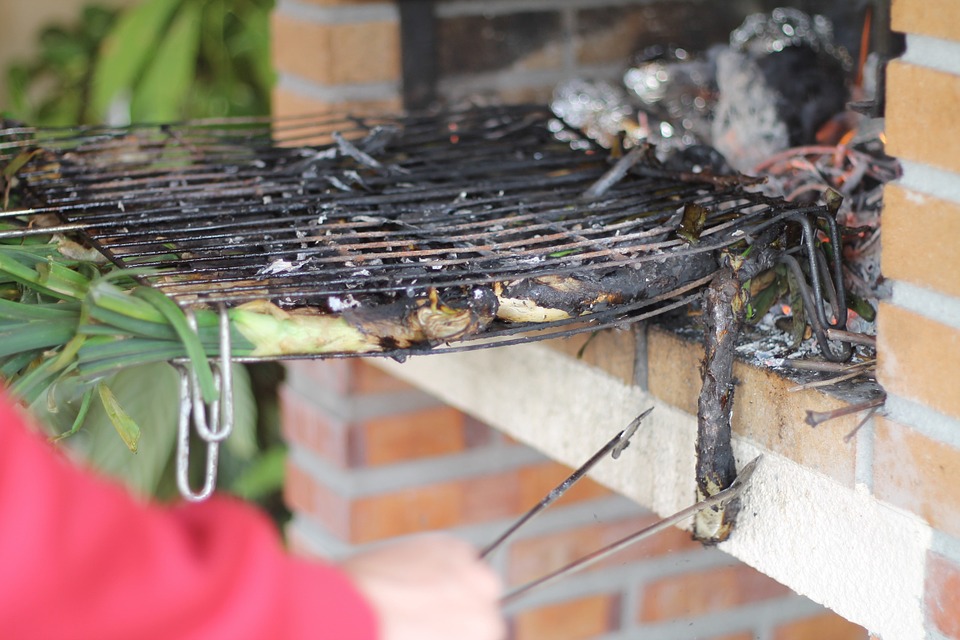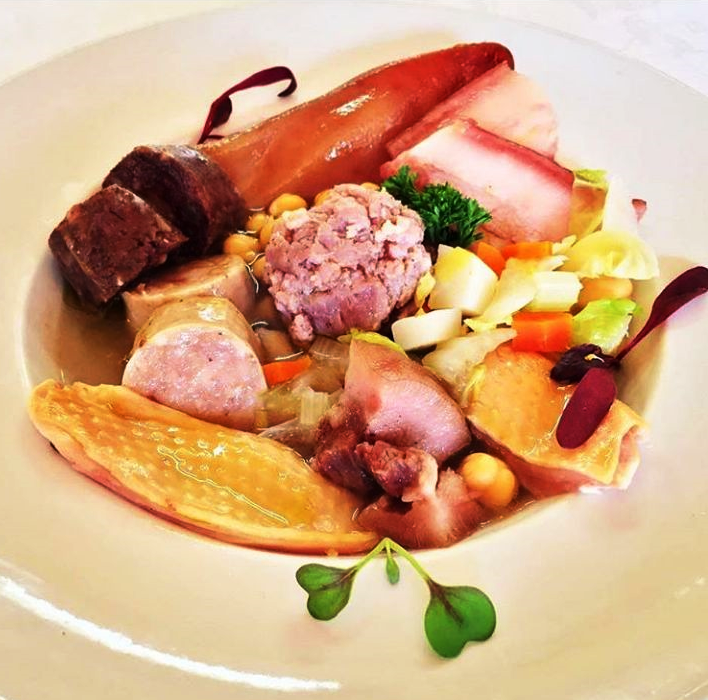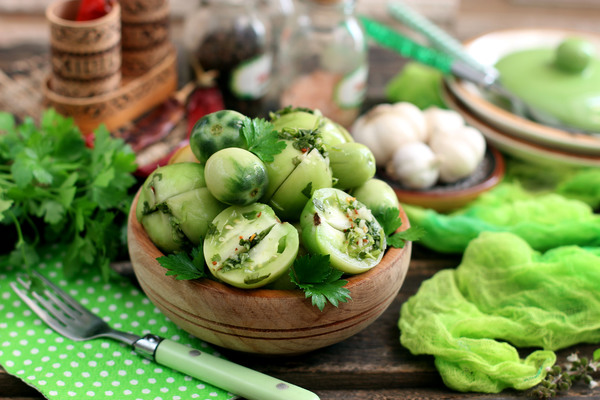The calçotada is a food event that has become the most typical and traditional way of eating calçots (type of green onions), strongly tied to celebratory gatherings. In Valls (Catalonia, Spain), the city where the calçotada originated, it is celebrated at the end of January, since the year 1982, it is the most famous event of calçotada. Calçotades usually take place from the end of autumn to March or early April, depending on the season.
The first dish of a typical calçotada menu is calçots (usually between 10 to 20 per person), served wrapped in newspaper to keep the temperature, served with a typical sauce, called salvitxada or romesco. Followed by grilled meat with toasted bread, accompanied by red wine or cava.
The calçots are served directly from the grill and it is necessary to peel them and dip them in the sauce. For some years now, especially in restaurants, it is customary to put on a bib to avoid spoiling clothes, but traditionally they were not used.
The high season of calçotada is in the months of February and March, although calçots are already eaten from early winter.
History
It is believed that this meal originated in the town of Valls. At the end of the 19th century, a farmer from this city, known as Xat de Benaiges, discovered a special way of growing white onion: it was planted so that only half remained not covered with soil, and as it grew it was covered with more soil. This action of covering with soil is known in Catalan as calçar, and it is what gives the calçot its name.
Although in Valls and its region Calçotada is celebrated since the beginning of the 20th century, this meal became popular in the middle of the last century. Thus, over the years, calçotada has become a typical meal of the Alt Camp region and has also extended to neighboring counties (Tarragonès, Baix Camp, Conca de Barberà and Penedès). Today, this tradition is even more widespread reaching even Mallorca and Northern Catalonia.
Preparation
Before cooking the calçots, the longest leaves are shortened and a piece of root is cut off. Then, without washing or removing the soil, they are grilled on live fire, traditionally of grapevine clippings. Once cooked, they are wrapped with newspapers so they can soften and keep warm. They tend to be served still wrapped in the paper and laid on a tile.












